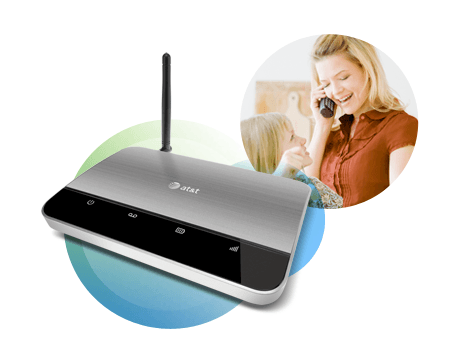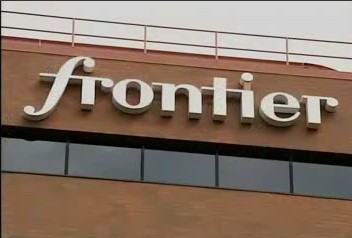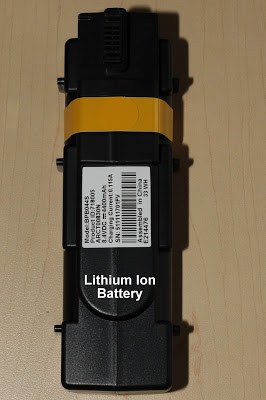 AT&T is accelerating the demise of its own landline business with a new wireless home phone product that is cheap for voice calls but could spell the end of your DSL service in certain cases.
AT&T is accelerating the demise of its own landline business with a new wireless home phone product that is cheap for voice calls but could spell the end of your DSL service in certain cases.
AT&T Wireless Home Phone service provides contract-free unlimited nationwide voice calling for $20 a month ($10 if you are already an AT&T wireless phone customer sharing your Mobile Share minutes).
The service includes a base station ($99.99 prepaid or free with two-year contract) that receives AT&T’s wireless signal and integrates with your existing home telephones. The landline replacement includes caller ID, call waiting, three-way calling and voice mail. There is a $36 activation fee, a “Regulatory Cost Recovery Charge” of $1.25 per month and all the local taxes and surcharges that go with your current landline. Unless choosing the prepaid option, an early termination fee up to $150 applies. The restocking fee for customer returns is up to $35.
In certain cases, forfeiting your landline could mean the end of your DSL service if you do not remind the phone company you want to keep your broadband service intact. If you don’t AT&T and other phone companies might disconnect all of your services.
There are other caveats:
- Call quality is only as good as AT&T’s network and reception in your home;
- Caller ID only includes the calling party’s number. No name information is provided;
- Emergency 911 calls lack exact geographic information, which could make locating a caller more difficult;
- The service is unregulated and has no local or state government oversight to guarantee call quality and reliability;
- If power fails, an internal backup battery can keep the system running for up to 36 hours or 3.5 hours of talk time;
- The service cannot be used with home security systems, fax machines, medical alert systems, credit card terminals, dial-up Internet, or other data services.
Verizon Wireless offers their own version of this service: Wireless Home Phone Connect, for about the same price. It gets mixed reviews from owners because of complaints about call quality.
[flv width=”640″ height=”372″]http://www.phillipdampier.com/video/ATT-Wireless-Home-Phone 3-27-13.flv[/flv]
AT&T’s product promotion of its wireless home phone service. The pricing information in this video was intended primarily for existing AT&T wireless customers and is slightly outdated. (1 minute)


 Subscribe
Subscribe


 The problem seems to be the “end of warning/test”-signal not being processed properly by Comcast, which then keeps the warning active until the equipment is reset. In January, the newspaper reports the “end of message” disengage signal was missing altogether.
The problem seems to be the “end of warning/test”-signal not being processed properly by Comcast, which then keeps the warning active until the equipment is reset. In January, the newspaper reports the “end of message” disengage signal was missing altogether.